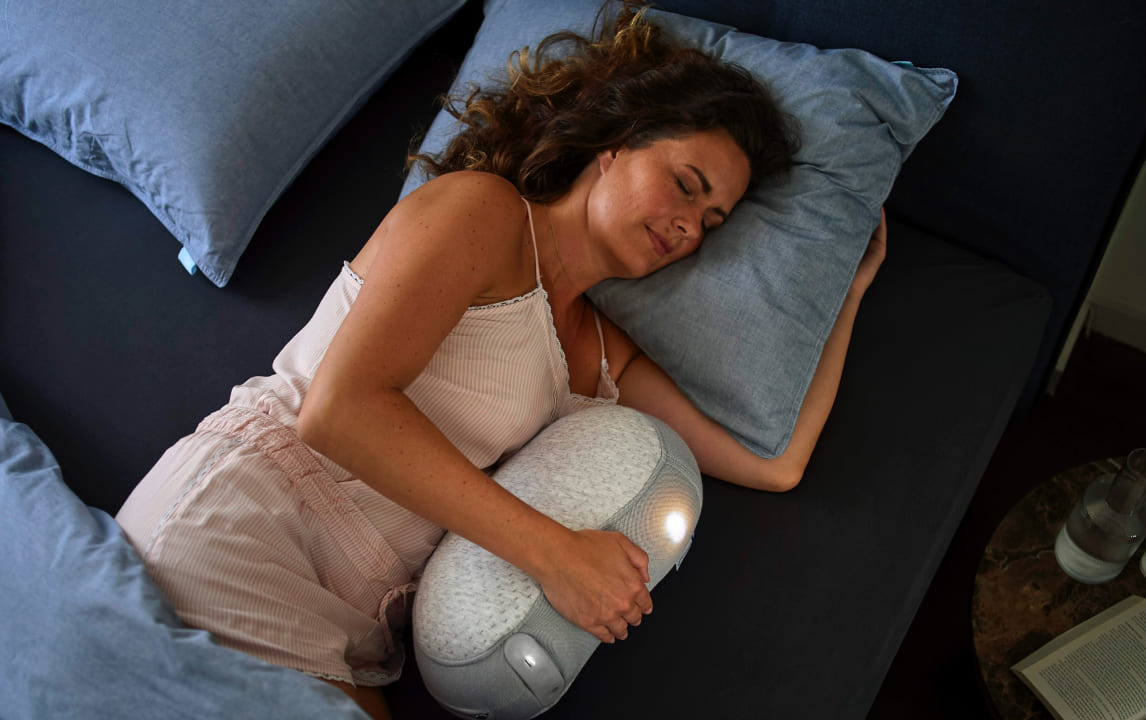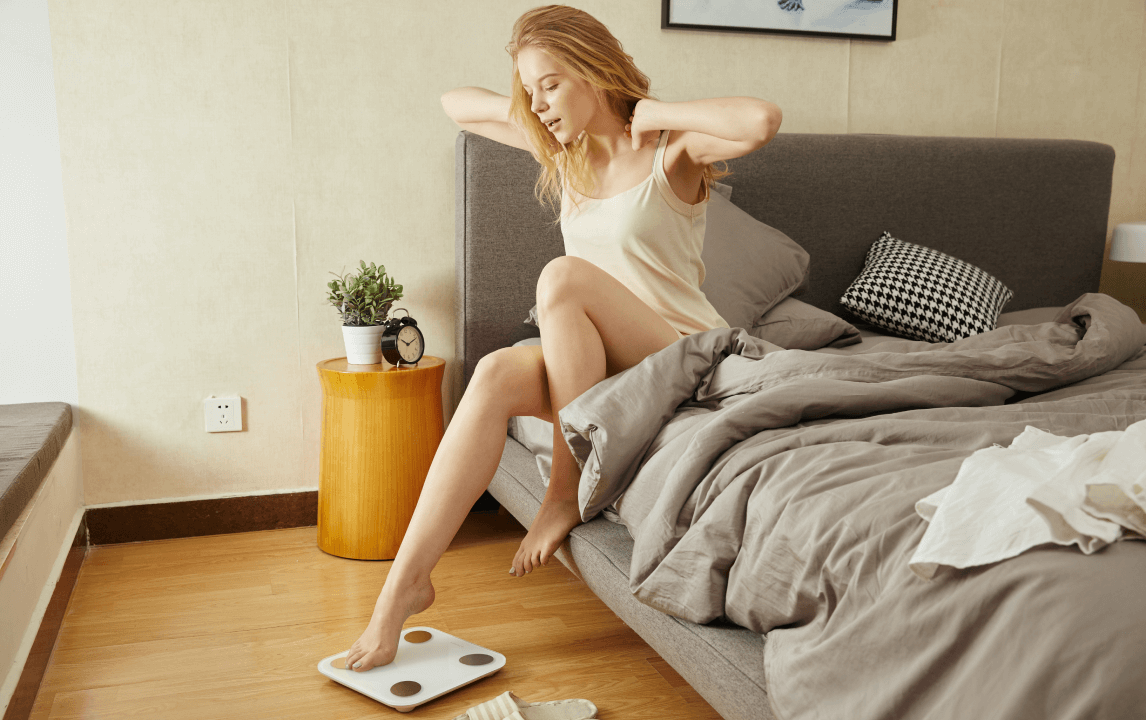The power nap is a form of sleeping that lasts only a few minutes before you start drifting off into deep sleep. Take a power nap is also known as cat sleep and is designed to boost the energy levels of the sleeper’s brain. How long is a power nap and what power nap can bring us?
How long should I take a power nap?
Sleep comes in several different stages, such as light sleep, deep sleep, and through them, the body repairs itself. Power naps last for the amount of time you decide, depending on your sleep schedule. It is usually wise to sleep for 20-30 minutes as this is enough time for you to receive all the benefits of sleep without feeling sluggish when you wake up.

The benefits of taking a power nap
Taking a power nap on a regular basis has many benefits. A few of them are listed below.
1. Filling your sleep bucket
There are many reasons why we may have a bad night’s sleep. A power nap during the day may help you recover from a poor night’s sleep.
2. Improve your focus
Take a power nap even if you’re not sleep deprived. You attain stage two sleep, which also improves your long-term and short-term memory during sleep.
3. The heart becomes more powerful
Take a 30-minute nap every day, the hormone secretion in the body becomes more balanced, and the incidence of cardiovascular system diseases can also be reduced by 30%.
4. Higher immunity
In order to help digestion after lunch, the body will automatically change to be dominated by the parasympathetic nerves. A short sleep at this time can more effectively stimulate lymphocytes in the body and enhance the activity of immune cells.
5. Better mood:
Napping in the afternoon can improve mood, reduce body tension and relieve stress – the effect is like sleeping all night (8 hours).
6. Other benefits
Taking a power nap can help you feel less sleepy and improve:
- The way you feel.
- Sense of alertness.
- Response time.

Can take a power nap make up for lack of sleep?
Sleep is not like a credit card, you can owe it first and pay it back later. Lost sleep cannot be made up. Throughout the animal kingdom, humans seem to be the only species that deliberately deprive themselves of sleep for no apparent reason, while other animals follow certain sleep patterns well.
What you didn’t know about taking a power nap:
1. Power nap is not for everyone
It’s worth pointing out that experts say to avoid taking a power nap after 3 p.m. — because it can disrupt your nighttime sleep.
It’s also important to assess whether your body can cope with changes in sleep habits.
Before introducing naps into your daily routine, it’s important to first assess whether your body can cope with the shift in sleep patterns.
Both your physical and mental health can suffer from changing too quickly. The best way to avoid sleep deprivation is to stick to a daily sleep routine and familiarize your body with sleep times.
2. Can worsen sleep problems
While taking a power nap is a great way to make up for a lack of sleep at night, if you didn’t get enough sleep last night, you really shouldn’t take a power nap because you can’t sleep/you’re insomnia (rather than not getting enough sleep because you’re too busy dealing with a crisis).
If you take a power nap during the day, you won’t need as much sleep at night, which can perpetuate sleep problems. Not being able to sleep at night, tossing and turning, and making up for sleep during the day, it becomes a vicious circle.
Also, when you take a power nap is important. You should try to limit your naps to lunchtime, rather than late afternoon or early evening, as going to bed late can make it harder to fall asleep at night.
Conclusion
Your energy levels, focus, attention, and mental clarity can be improved by taking a power nap. Be careful not to nap close to bedtime. It is recommended to nap between the time when you wake up and when you go to bed.
Do you want to know if you are getting a good night’s sleep? Try Mintal Tracker App to assess your sleep quality.









